“Oh, give me a home, where the buffalo roam” -Dr. Brewster Higley
Around Valentine’s Day February 2021, a polar jet stream across the United States left a deep freeze. It caused a power outage that wreaked havoc on the people of Texas for over two weeks. The severe blackout left millions of Texans without heat, water, or food, causing death with estimates as high as 700 people. Causalities from this event surpassed Hurricane Harvey in 2017 in Texas.
Without electricity, we have no way to keep ourselves warm in the winter or buy food from the grocery store. It is integral to our daily lives.
Similar to the centrality of electricity in our lives today, in the 1800s, well before widespread electricity, the Native Americans found the American Bison or buffalo to be a central component of their livelihood. For Native Americans, hunting the bison provided for their way of life, as they used every part of the bison for food, clothing, shelter, tools, jewelry and in ceremonies. Without the bison, they would lose everything.
Native Americans ate a diet primarily consisting of calories from bison and were among the tallest people in the world in the 1800s. While most Americans only eat muscle meat, Native Americans ate nose-to-tail, the entire carcass of the bison, an increasingly popular way of eating for people on the carnivore diet for potentially curing chronic diseases, improving mood, and occasionally even losing weight. The whole bison includes prized organ meats – bone marrow, tongue, kidney, heart, and especially liver, among others - full of all essential micronutrients that the body needs.
“They are really a handsome and well-formed set of men as can be seen in any part of the world. There is a sort of ease and grace added to their dignity of manners, which give them the air of gentlemen at once. I observed the other day, that most of them were over six feet high . . .”
-George Catlin, famous reporter and painter on the Native Americans circa 1832
While American settlers moved out West in the 1800s, they sadly hunted the bison to the brink of extinction for food, sport, and selling goods made from bison.
The bison were so vital to the Native Americans that in the 19th century the U.S. Government targeted killing bison to force the Native Americans off the Great Plains and onto reservations. U.S. President Grant saw the destruction of bison as solving the country’s so-called “Indian problem.” To some, this 1800s’ U.S. Government policy against the Indians amounts to genocide. One Army Colonel told a bison hunter, “Kill every buffalo you can! Every dead buffalo is an Indian gone.”
From roughly 1820 to 1880, it is estimated that between 30 to 60 million bison roamed across North America, with herds stretching from Canada to Northern Mexico, and as far as the Eastern Seaboard. However, by the 1890s, under 1,000 bison were left.
In spite of these cruel pains, due to successful modern conservation efforts, the bison are not an endangered species and around 30,000 exist in conservation-focused herds, while another 400,000 are raised as livestock. Over the last decade in particular, bison numbers as livestock has been on the rise due to the preference from consumers for nutritious bison meat, with the U.S. Census of Agriculture in 2007 counting 200,000 bison.
While the bison provided the Native Americans their way of life, bison liver was highly prized among Native Americans, and animal liver in general to indigenous populations across the world, as discussed in the last article, particularly the Lakota Tribe living in present day North and South Dakota.
“Liver is basically a multivitamin and during a long hard winter with no plants in sight, vitamins in organ meat are sought after. There are many parts of organ meat that have basic vitamins in them. Vitamin C is in almost the majority of organ meat and heavy in bile and liver which helps to prevent scurvy.”
-Arlo Iron Cloud, Lakota Times Correspondent
In contrast to cattle, which were brought to North America by the Europeans in the 1500s, the American bison has been living in North America since it crossed the land bridge between Asia and Alaska 135,000 years ago. Additionally, all bison today begin and live nearly all of their lives on open pastures, just as they have been for the thousands of years since their natural arrival.Bison is similar to beef in flavor and nutritional content with essential nutrients such as most of the B vitamins and Zinc, but it is higher in protein and has almost double the amount of Iron. Iron plays a vital role in the body transferring oxygen throughout the body.
Bison are also all grass fed, instead of an unnatural diet based on corn and soy like a lot of beef on the market. They roam free for most of their lives on an open range. For harvesting for consumption, some require grain for finishing for just the last 90 to 120 days. Grass fed meat is found to be higher in nutrients content than grain fed.
Bison also tends to command a higher price for consumers in order for bison farmers to be profitable. This is partially due to the fact that the bison’s biology limits its ability to put on weight for harvesting for quality, flavorful meat. While cattle are typically harvested at 14-18 months, bison finished on grain rations reach harvest weight between 20 to 24 months of age. For beef producers, the typical average daily gain for finishing is 2.95 lbs./day, whereas for bison producers that average is between 1.25 lbs./day and 1.75 lbs./day.
During a visit to Virginia Bison Co.’s farm in September 2021 for its annual festival, located on the way to Shenandoah National Park, the co-owner mentioned that bison are natural self-limiting eaters by comparison to cattle who tend to gorge on grain. Bison eat only what their body needs.
Consuming bison is safer than beef as well. Per the U.S. Department of Agriculture, it is illegal for bison to be given hormones, and antibiotics are not given to bison except in rare instances. Unless organic, cattle, particularly in America, are often given antibiotics and hormones in order to increase growth speed for higher profits. The European Union’s Scientific Committee for Veterinary Measures Relating to Public Health found six commonly used growth hormones have the potential to cause “endocrine, developmental, immunological, neurobiological, immunotoxic, genotoxic and carcinogenic effects.”
Bison are also better for the environment than cattle. The Executive Director of the National Bison Association, Dave Carter, said of bison:
“Bison hooves are more pointed than cattle hooves, so they tend to stir the soil and push seeds down further. Their bodies make depressions in the ground that capture moisture and return it to the soil.”
Bison evolved to thrive in the Great Plains of North America. Noted for its shaggy coat, bison hair is 10 times more dense than domesticated cattle, allowing them to survive outside in well below freezing, -40 degree temperatures. Under cold stress, bison have adapted to slow their metabolism, requiring less food. Whereas for beef cattle, below 18 degrees they are stressed and require more feed.
They are also extremely agile and can run up to speeds of 45 mph, jump up to six feet high, and swim. The bison is one of the strongest native animals.
The bison is resilient. One investment company, Bison Interests, named itself after the bison’s unique character. Bison are notorious for running into the storm, rather than away from it like most animals. By charging into the storm, they get through the storm faster, leaving other animals stuck in bad weather for a longer period.


Even the U.S. Government recognizes the bison’s significance, and in 2016 the bison became the national mammal of the United States when former President Barack Obama signed the National Bison Legacy Act. The bison is also the state mammal of Kansas and Wyoming.
We found the bison to be preferable to beef for all the reasons stated above and because most of the grass-fed beef liver on the market requires vast amounts of fossil fuels to travel all the way from Argentina or New Zealand, whereas bison is found here in the United States and requires only a quick drive from Colorado to Missouri to be freeze-dried.
When we aren’t consuming liver in freeze-dried form, however, and are feeling more adventurous and want to cook it or get a bison rib eye, where do we go to get our bison? Below are our three favorite companies to order from:
Rock River Ranches (Colorado)
Virginia Bison Co. (Virginia)
NorthStar Bison (Wisconsin)
So, why bison? The bison is a North American superstar. It was so integral to Native American life that it was systematically eliminated in order to starve the Native Americans themselves. Without bison and all of the resources they provided, the Native Americans could not survive, much in the same way we cannot survive without electricity for prolonged days and weeks in the freezing cold. We want to consume the superior organ of this superior North American mammal, make it accessible to many more people, and offer a simple product that can help get these most essential vitamins and nutrients to people in one of the most natural ways possible.
👉If you enjoyed this post, feel free to share it with friends!
Related Articles:

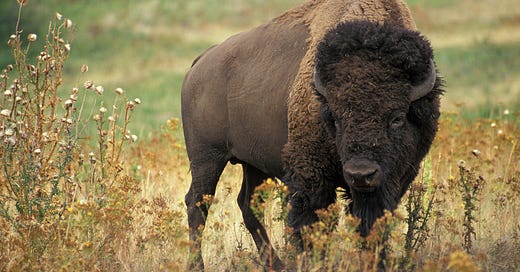



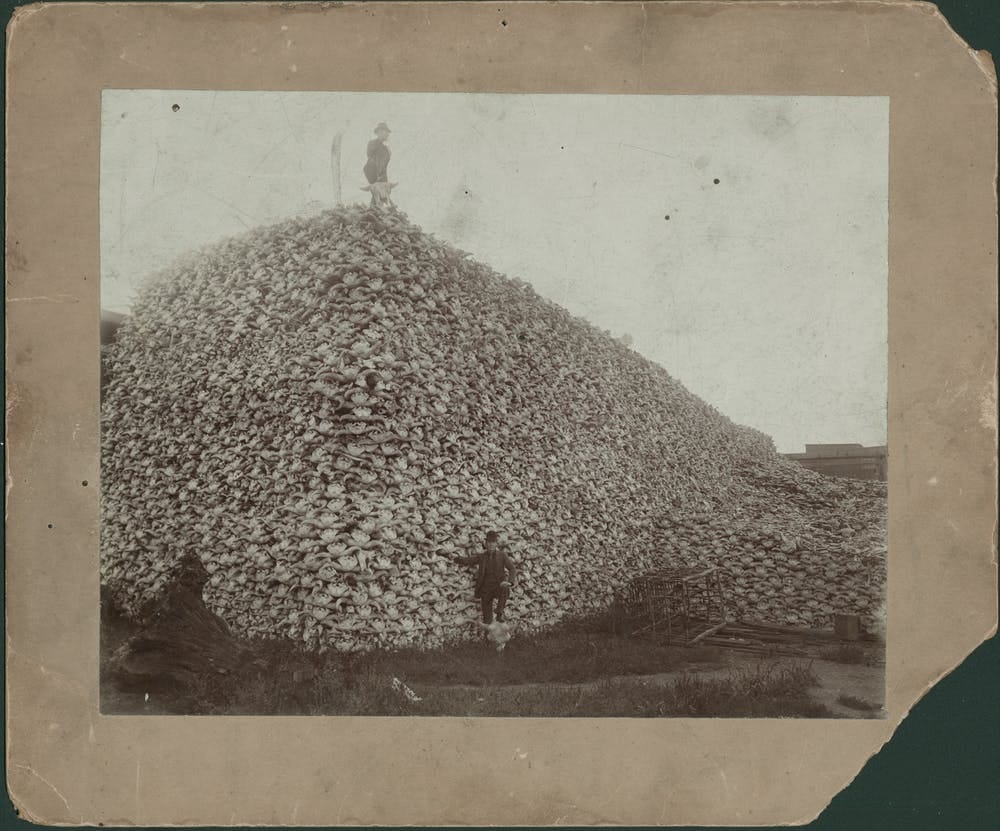
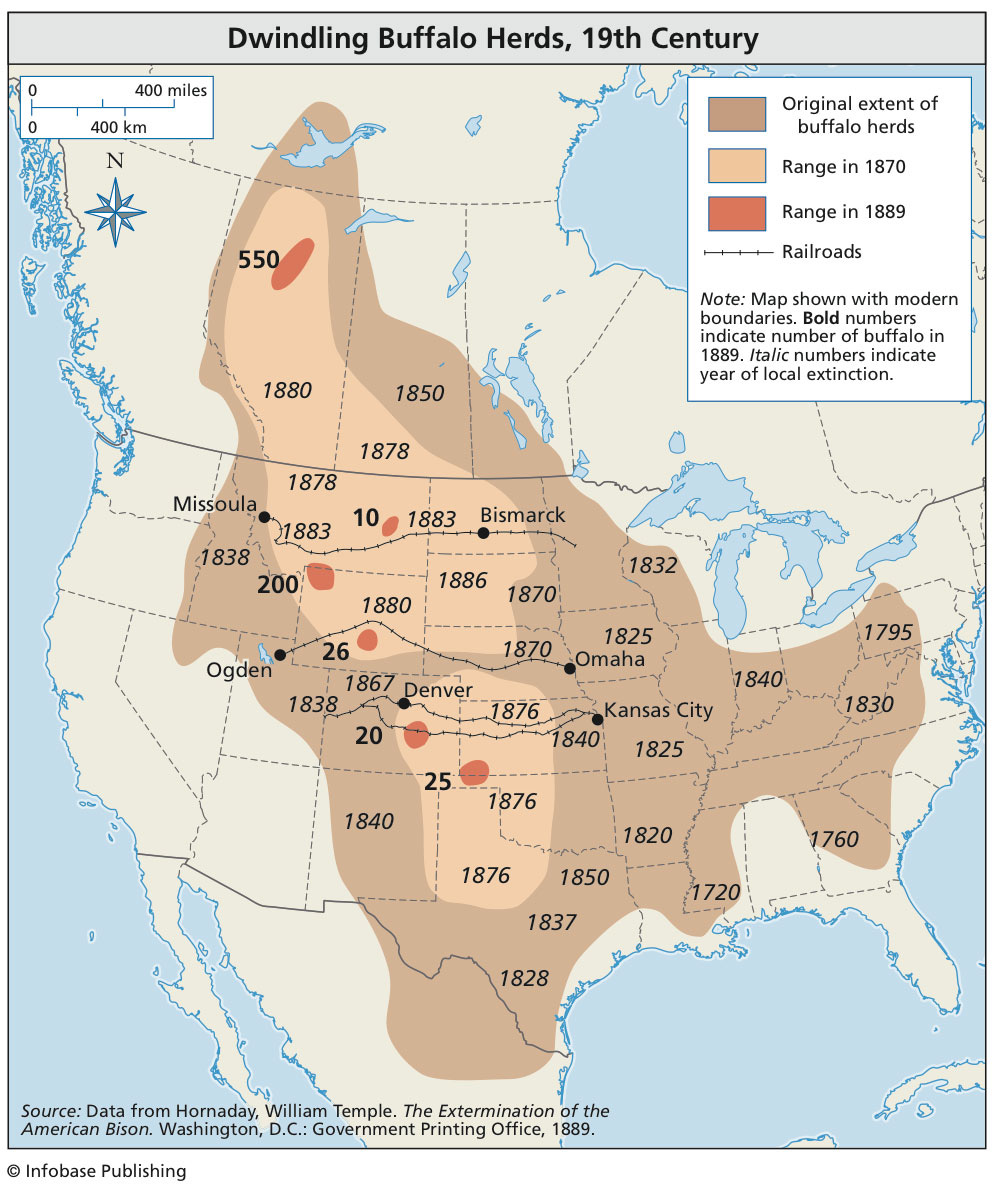
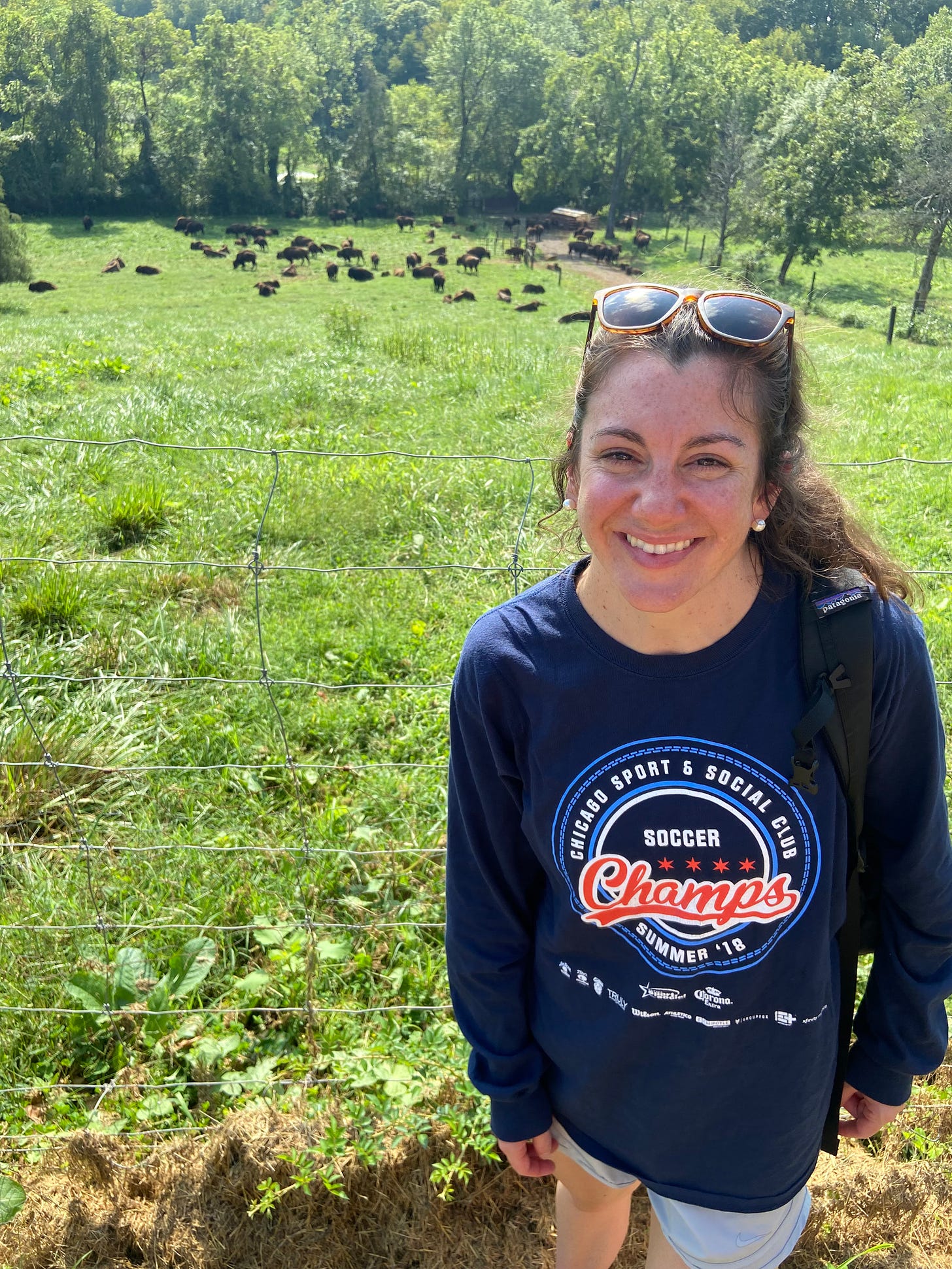
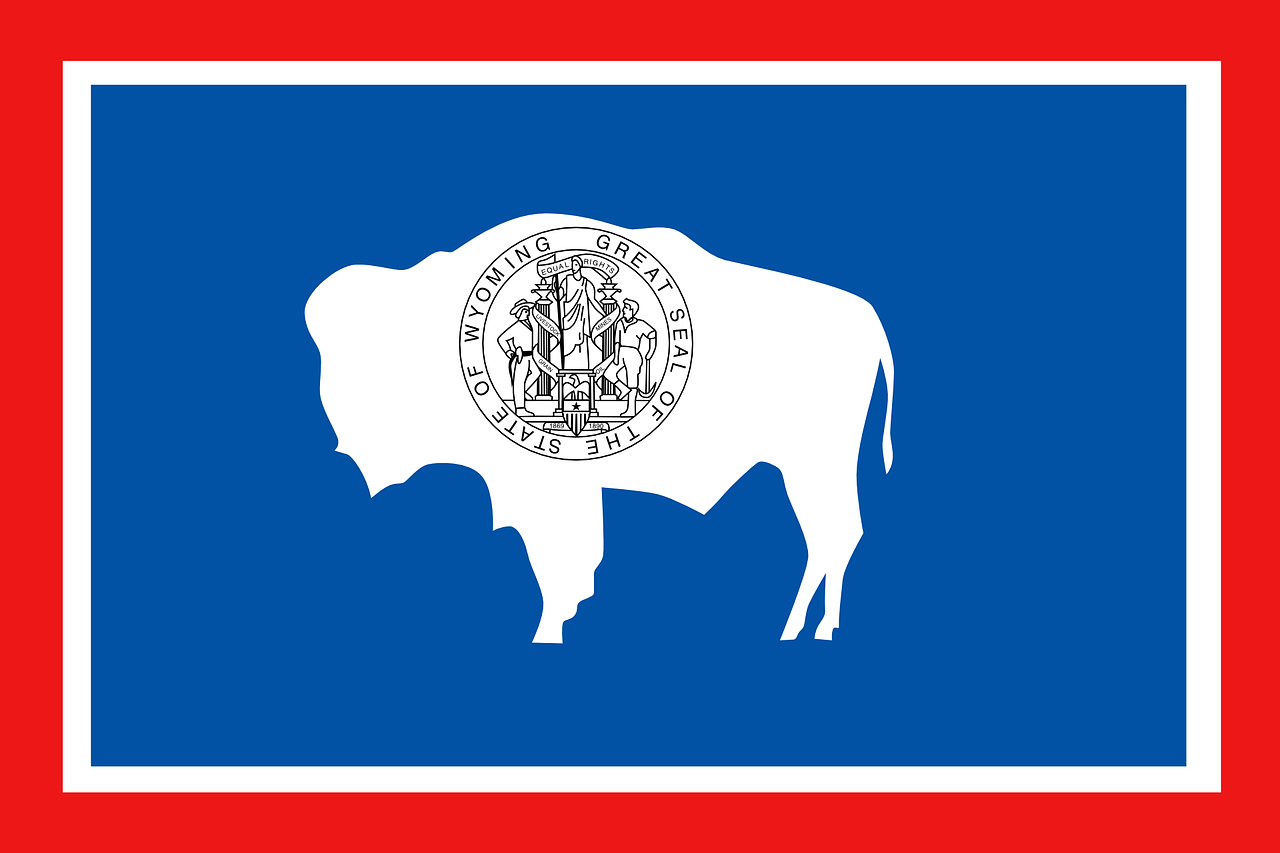
This was great! Wrote about eating very different beef in a different country
https://hiddenjapan.substack.com/p/matsusaka-beef-the-hidden-steak